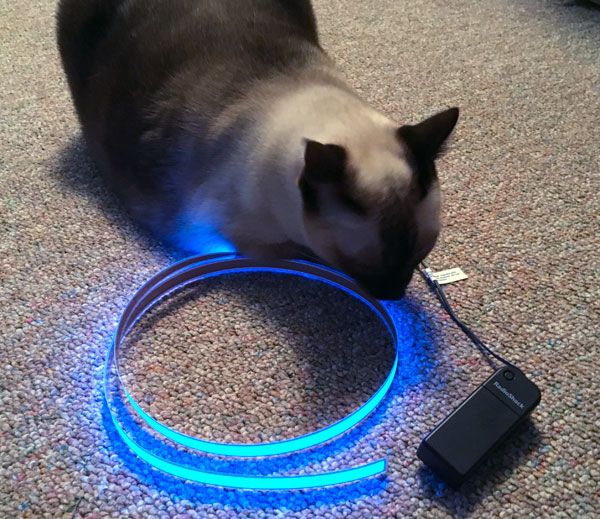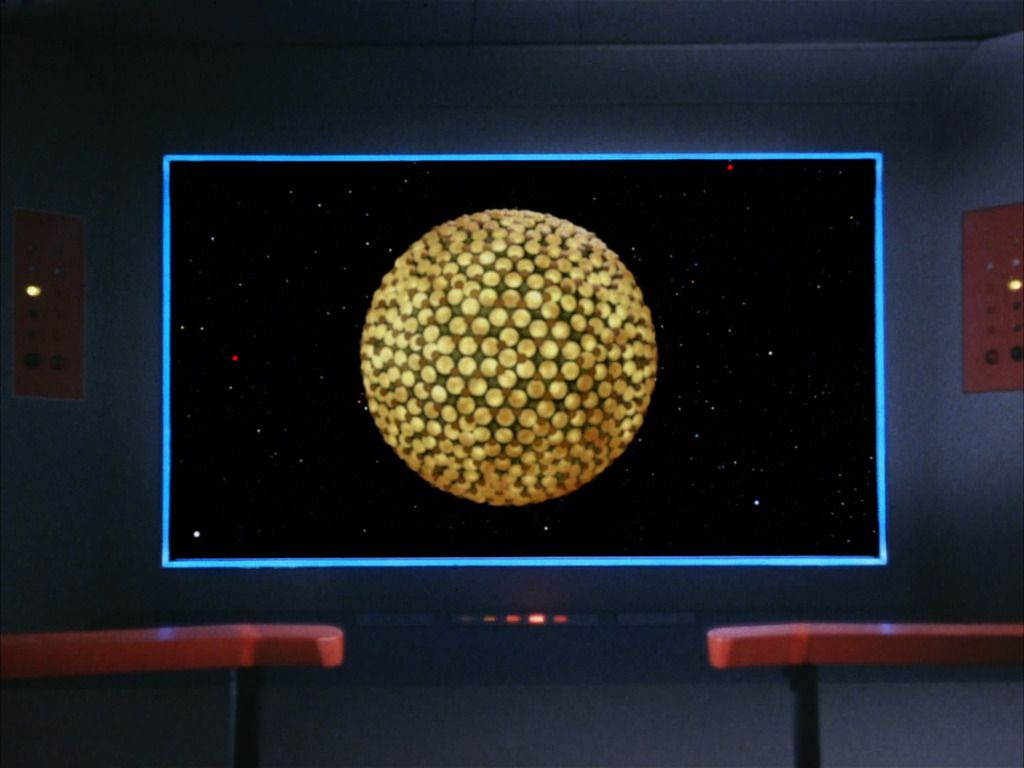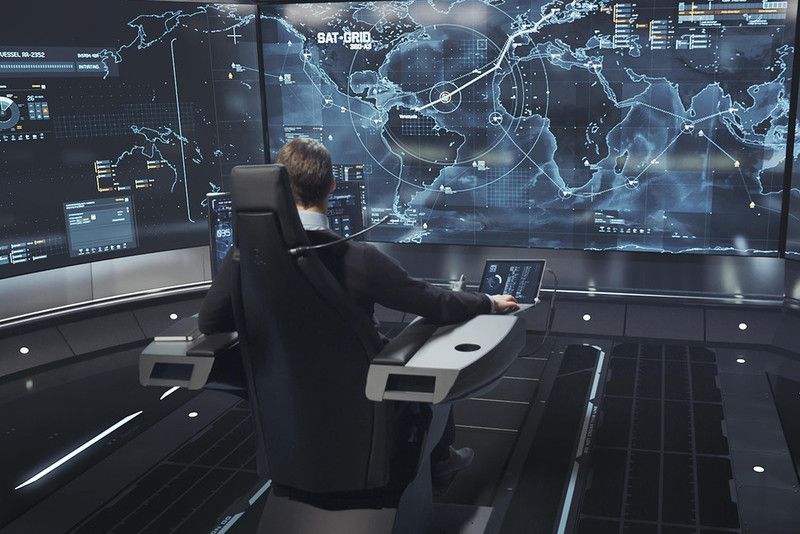Andy Probert was just last week telling me what a difficult time he had convincing people to shoot the images for the TNG viewer dimensionally and not flat.It's pretty cool but would be cooler if it were a hologram or was also a window.
-
Welcome! The TrekBBS is the number one place to chat about Star Trek with like-minded fans.
If you are not already a member then please register an account and join in the discussion!
You are using an out of date browser. It may not display this or other websites correctly.
You should upgrade or use an alternative browser.
You should upgrade or use an alternative browser.
The Bridge Main Viewing Screen
- Thread starter ZapBrannigan
- Start date
Maybe the NX-01 Enterprise should have had a black-and-white screen with a round-ish tube just to look quaint.
Hey, who are you calling "quaint"?Maybe the NX-01 Enterprise should have had a black-and-white screen with a round-ish tube just to look quaint.


Retro technology, it's the in thing in the future!
JB
JB
Last edited:
Awesome!While not the answer to the Enterprise main viewscreen—since solid state electro-luminescent (el) products did not exist in the 1960s—el material can be found in a variety of forms today. You can outline your TV with it, strap the remote to the armrest of your favorite captain's chair, and enjoy your own private Idaho, er, Enterprise right in your living room.

Ellie had to get into the shot when she thought her name was mentioned (or thought—I have a mind reading cat).
 Spockboy
SpockboyI've always loved that. Does anyone know the story behind the TV cabinet prop? Was it custom-built for Trek, or left over from a prior TV show or movie? In researching furniture and appliances of the era, I don't rermember seeing this exact thing commercially available from department stores. But I could be wrong.Hey, who are you calling "quaint"?

Kor
My guess is that the dummy TV screen was a stock piece of set dressing and the triangular cabinet was probably purpose-built for the show (it's fairly simple in construction).I've always loved that. Does anyone know the story behind the TV cabinet prop? Was it custom-built for Trek, or left over from a prior TV show or movie?
Maybe Pike liked watching really old movies for recreation.
"Ah, The Searchers ... John Wayne and that dopey young guy Jeffrey whatsisname. "
"Ah, The Searchers ... John Wayne and that dopey young guy Jeffrey whatsisname. "
Can we all agree this was the best and coolest widescreen TV ever?
I'll second that. And the First Federation ship wasn't half bad, neither.

My rough measurements put the aspect ratio extremely close to modern television's 16:9. Which raises a couple of questions.
1) Is it a coincidence? The bridge screen is unlike any monitor that existed in 1966 (recall the rounded "mini-CRT" in the classic Tricorder), and it looks exactly like today's 16:9 flatscreen TVs. Were the designers of widescreen TV influenced by Star Trek, as happened with the flip phone?
2) Does anybody have a fix on the actual size of the main viewing screen, as it existed on the studio set? If so, what are you basing it on? The Michael McMaster blueprints put the length at 6 feet even, and the diagonal measure looks like about 81 inches, give or take. Franz Joseph doesn't give us a square-on view. But neither of them are entirely authoritative anyway.
Maybe Pike liked watching really old movies for recreation.
"Ah, The Searchers ... John Wayne and that dopey young guy Jeffrey whatsisname. "
Perhaps Captain Pike was a collector of old television sets. Philco, Maganavox,etc.
Like an audiophile who feels n LP record sounds better played upon a turntable wired to vacuum tubes instead of microchips, Pike might have reasoned vintage era entertainment should be displayed upon receivers of the same century.
Pike: "No, Tyler, 'Dick van Dyke' just loses something when viewed upon a holo-screen. You gotta' watch it on a genuine cathode ray tube in monochrome and 2-D. Otherwise, it just isn't the same."
Pike: "No, Tyler, 'Dick van Dyke' just loses something when viewed upon a holo-screen. You gotta' watch it on a genuine cathode ray tube in monochrome and 2-D. Otherwise, it just isn't the same."
Captain Pike might have also been interested in that old episode of "The Green Hornet" with a certain guest star named ... something Hunter, wasn't it?
He knew he was going to be in space for Easter weekend and he didn't want to miss King of Kings.
Window? What the hell good would a window do you when you're usually 100,000 miles from the closest anything?It's pretty cool but would be cooler if it were a hologram or was also a window.
Pike was into watching 300-year-old reruns of Gunsmoke, Bonanza and The Rifleman.
And Temple Houston.
But seriously, did anyone place the pre-TOS "The Menagerie" / "Where No Man Has Gone Before" Bridge main viewscreen under the same kind of scrutiny ( size and aspect ratio-wise) as the squared-off TOS one that's been discussed here?
Okay, I come up with a WNMHGB ratio of about 1.7:1.
"Court Martial" used the same 1.7:1 aspect ratio for the visual log extracts during Kirk's trial, but in a newer-looking frame.
"The Menagerie" and "Space Seed" briefing room screens were 4:3.
If you are not already a member then please register an account and join in the discussion!

